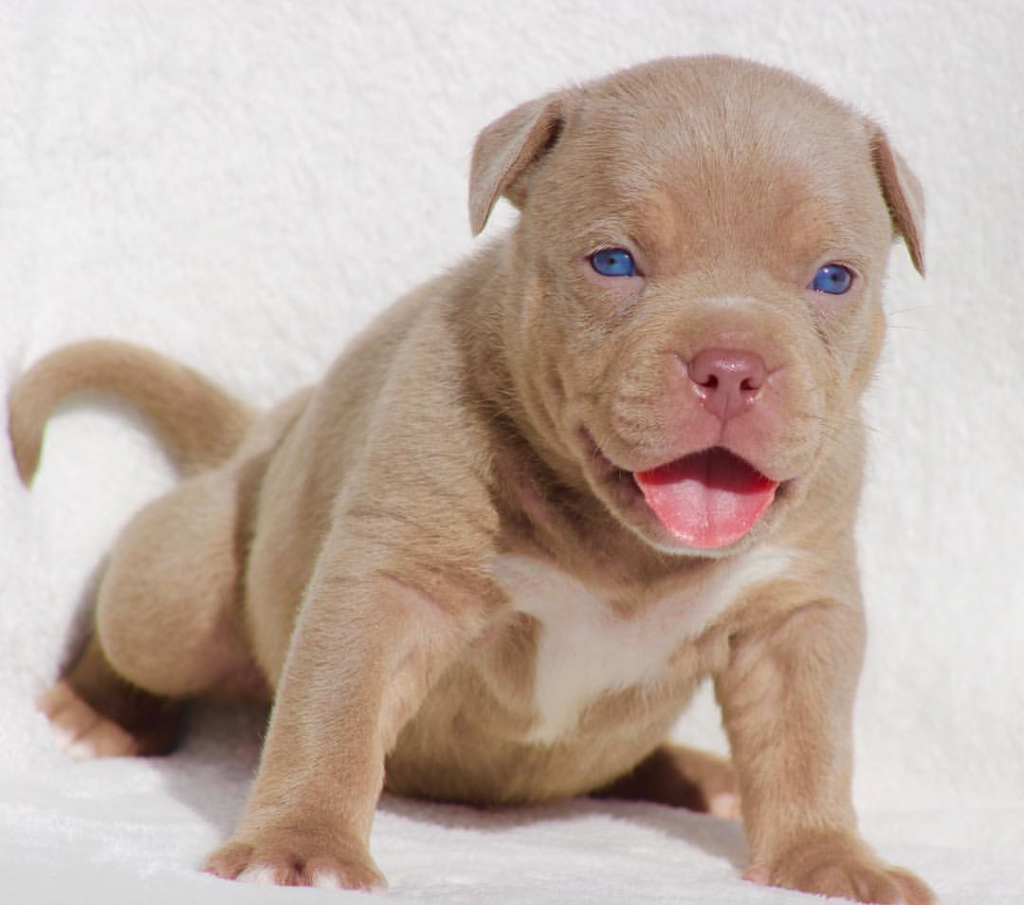Introduction:
When it comes to dogs, there’s something undeniably fascinating about merle dog breeds. The mesmerizing allure of their unique coat patterns and eye-catching colors is truly a sight to behold. In this article, we’ll explore the world of merle coat patterns, their distinct characteristics, and why they capture our attention. So, let’s dive in and discover the stunning beauty of merle dogs.
Unveiling the Genetics Behind Merle Coat Patterns
Merle coat patterns in dogs are not just a result of random chance but are actually governed by genetics. Understanding the genetic basis behind merle coat patterns can help unravel the mystery behind their mesmerizing colors.
The merle pattern is caused by a gene known as the “Merle gene” or “M locus.” This gene influences the distribution and pigmentation of the dog’s coat. When a dog inherits one copy of the Merle gene from either parent, it will exhibit the merle coat pattern.
The inheritance patterns of merle coat patterns follow a unique set of rules. When two merle dogs are bred together, there is a possibility of producing puppies with different coat patterns.
Here’s how it works:
Homozygous Merle
If a dog inherits two copies of the Merle gene (one from each parent), it is referred to as homozygous merle. These dogs typically have a more pronounced and intense merle coat pattern.
Heterozygous Merle
If a dog inherits one copy of the Merle gene, it is known as heterozygous merle. These dogs have a milder merle coat pattern compared to homozygous merle dogs.
When two heterozygous merle dogs are bred together, there is a chance of producing puppies with different coat patterns. The puppies can be merle (with varying degrees of intensity), non-merle (solid-colored), or even “double merle” in rare cases. Double merle puppies occur when two copies of the Merle gene are inherited, which can lead to health issues such as vision or hearing problems.
Merle dogs exhibit a mesmerizing array of colors that make them truly unique. The Merle gene affects the distribution of pigments in the dog’s coat, resulting in variations such as blue merle, red merle, chocolate merle, and even lilac merle. These colors are created by the interaction of the Merle gene with other genes responsible for pigmentation.
The variations in merle colors arise from the way the Merle gene interacts with other coat color genes. This interaction can produce stunning patterns and shades that capture the attention of dog enthusiasts worldwide.
Understanding the genetics behind merle coat patterns not only adds to the fascination of these dogs but also helps breeders make informed decisions to ensure the health and well-being of their dogs. By appreciating the science behind merle coat patterns, we can truly embrace the magic and beauty of these extraordinary canine companions.
The Myth of the Merle Dog Breeds: Separating Fact from Fiction
Merle dog breeds have often been surrounded by myths and misconceptions. Let’s address some common misconceptions and separate fact from fiction when it comes to these unique canines.
Myth 1:
Merle dogs are more prone to health issues.
Fact:
It is not the merle gene itself that causes health issues but the breeding of two merle dogs together, resulting in double merle puppies. Double merles have an increased risk of certain health problems, including vision or hearing impairments. However, responsible breeders carefully plan their matings to avoid breeding two merles together, thus minimizing the risk of health issues in their litters. Merle dogs, when bred responsibly, can be as healthy as any other dog.
Myth 2:
Merle breeding always leads to double merles with disabilities.
Fact:
Breeding merle dogs together does increase the likelihood of producing double merle puppies, but it does not guarantee disabilities. Double merles have a higher risk of certain health conditions, but not all of them will experience severe disabilities. It’s crucial to note that responsible breeders avoid breeding two merles together precisely to prevent the occurrence of double merles and minimize any associated health risks.
Myth 3:
Merle patterns are indicative of specific breed traits.
Fact:
Merle patterns are not necessarily linked to specific breed traits. The merle gene can be found in various breeds and does not define a specific set of characteristics. Merle patterns can appear in breeds like Australian Shepherds, Collies, Dachshunds, Great Danes, and many others. Each breed has its own unique traits, and the presence of a merle coat pattern does not determine those traits.
It’s essential to debunk these myths and provide accurate information about merle dogs. Responsible breeding practices and proper genetic testing can help ensure the health and well-being of merle puppies. Potential owners should seek reputable breeders who prioritize the health and care of their dogs.
Remember, merle dogs can be wonderful companions when bred responsibly and cared for appropriately. By understanding the facts and dispelling the myths, we can appreciate these fascinating dogs for their individuality and beauty without perpetuating unfounded misconceptions.
Beyond the Blue: Uncommon Merle Colors in Dog Breeds
While blue merle may be the most well-known merle color variation, there are several lesser-known and striking merle hues that can be found in different breeds. Let’s delve into the world of uncommon merle colors and discover the unique variations that make these dogs truly extraordinary.
Lilac Merle:

Picture Credit: Getty Images
Lilac merle dogs have a mesmerizing coat color that blends shades of pale gray with a lavender undertone. This rare and stunning color variation can be found in breeds like the French Bulldog, Chihuahua, and Staffordshire Bull Terrier.
Champagne Merle:

Picture Credit: Getty Images
Champagne merles exhibit a beautiful coat color that resembles the effervescence of champagne. It features a light, diluted base color with a subtle golden or creamy sheen. Breeds such as the Labrador Retriever and American Bully can showcase this captivating variation.
Chocolate Merle:

Chocolate merle dogs have a rich, chocolatey base color combined with the merle pattern. This delectable combination can be seen in breeds like the Australian Shepherd, Chihuahua, and Great Dane, adding an extra touch of allure to their appearance.
Silver Merle:

Silver merle dogs possess a silvery or pewter-like base color that interacts beautifully with the merle pattern, resulting in a striking and elegant coat. This unique variation can be found in breeds such as the Weimaraner and Border Collie.
Sable Merle:
Sable merle dogs exhibit a fascinating combination of the merle pattern with sable markings. The sable coloration creates a dynamic interplay of darker and lighter shades within the merle pattern. Breeds like the Shetland Sheepdog and Collie often showcase this alluring variation.
Isabella Merle:

Isabella merle, also known as “lilac fawn,” displays a diluted fawn or beige base color with a subtle merle pattern. This delicate and charming variation can be found in breeds like the French Bulldog and Miniature Pinscher.
These are just a few examples of the lesser-known merle color variations that exist in different dog breeds. Each of these unique hues adds to the captivating allure of merle dogs, showcasing their individuality and beauty.
Personality of Merle Dog Breeds:
Merle dogs not only possess stunning coat patterns and colors but also exhibit unique temperament and personality traits. While individual variations exist within breeds, certain characteristics are commonly associated with merle dogs as a whole.
Intelligence and Trainability:
Merle dogs are often known for their intelligence and trainability. They are quick learners and are usually eager to please their owners. This makes them highly trainable and adaptable to various tasks and activities, such as obedience training, agility, and even advanced tricks.
Active and Energetic:
Many merle breeds have a natural predisposition towards being active and energetic. They thrive on physical exercise and mental stimulation. Regular exercise, such as walks, runs, and playtime, is crucial to keep them physically and mentally stimulated, preventing boredom and potential behavior issues.
Loyalty and Protective Instincts:
Merle dogs often exhibit strong loyalty towards their families. They can develop a deep bond with their owners and are known to be protective of their loved ones. This loyalty and protective instinct can make them excellent family companions and potential watchdogs.
Socialization and Interaction:
Proper socialization from an early age is vital for merle dogs. Exposing them to various environments, people, and other animals helps them develop good social skills and reduces the likelihood of fear or aggression towards unfamiliar situations. Positive reinforcement training techniques and early exposure to different stimuli are essential for fostering well-rounded and confident merle dogs.
Breed-Specific Tendencies:
It’s important to note that specific breeds within the merle category may have additional temperament traits unique to their breed. For example, Australian Shepherds are known for their high energy levels, herding instincts, and intelligence. Collies are often described as gentle, intelligent, and sensitive. Understanding breed-specific tendencies can help potential owners choose a merle breed that aligns with their lifestyle and preferences.
It’s crucial to remember that temperament and personality can vary within individual dogs, regardless of their coat color. Proper training, socialization, and consistent positive reinforcement are key to nurturing well-behaved and balanced merle dogs. Positive experiences and guidance from their owners play a significant role in shaping their behavior and ensuring they become wonderful companions.
Merle Rescue Dogs: A Second Chance at Happiness
While merle dogs can be found in reputable breeders’ homes, it’s important to shed light on the presence of merle dogs in rescue centers and shelters. Adopting a merle rescue dog can bring both challenges and rewarding experiences, providing these beautiful canines with a second chance at happiness.
Rescuing Merle Dogs:
Many merle dogs find themselves in rescue centers or shelters due to various circumstances. Some may have been abandoned, surrendered by their previous owners, or found as strays. These dogs are in need of loving homes and deserve a chance to experience the joy of a caring family.
Challenges of Adopting a Merle Rescue Dog:
Adopting a merle rescue dog may come with challenges. Some rescue dogs may have experienced neglect, trauma, or lack of proper training. They might require extra patience, understanding, and consistent training to overcome any behavioral issues and adapt to their new environment. Additionally, their previous medical history and potential genetic health concerns should be carefully considered.
Rewards of Adopting a Merle Rescue Dog:
Despite the challenges, adopting a merle rescue dog can be incredibly rewarding. These dogs often display immense gratitude and loyalty towards their new owners, forming a deep bond and showing their appreciation for a second chance. Witnessing their transformation, from a neglected or abandoned state to a happy and loved companion, can bring immeasurable joy and fulfillment.
Heartwarming Rescue Stories:
Countless heartwarming stories exist of successful merle dog rescues. These stories showcase the resilience and capacity for love that merle rescue dogs possess. From rehabilitation and behavior modification to becoming beloved family members, these dogs prove that with patience, care, and dedication, they can thrive in their new homes.
One such story involves a merle rescue dog named Luna, who was found severely malnourished and scared. Through the love and dedication of her adoptive family, Luna gradually regained her trust in humans and blossomed into a confident and affectionate companion. Her story serves as a testament to the transformative power of adoption.
By opening your heart and home to a merle rescue dog, you not only provide them with a second chance at happiness but also gain a loyal and grateful companion. Rescue organizations and shelters are excellent resources to find merle dogs in need of forever homes.
In the End
Merle dogs embody a mesmerizing blend of beauty and personality. Consider welcoming these unique canines into your life and experience the joy they bring as faithful and colorful companions.
